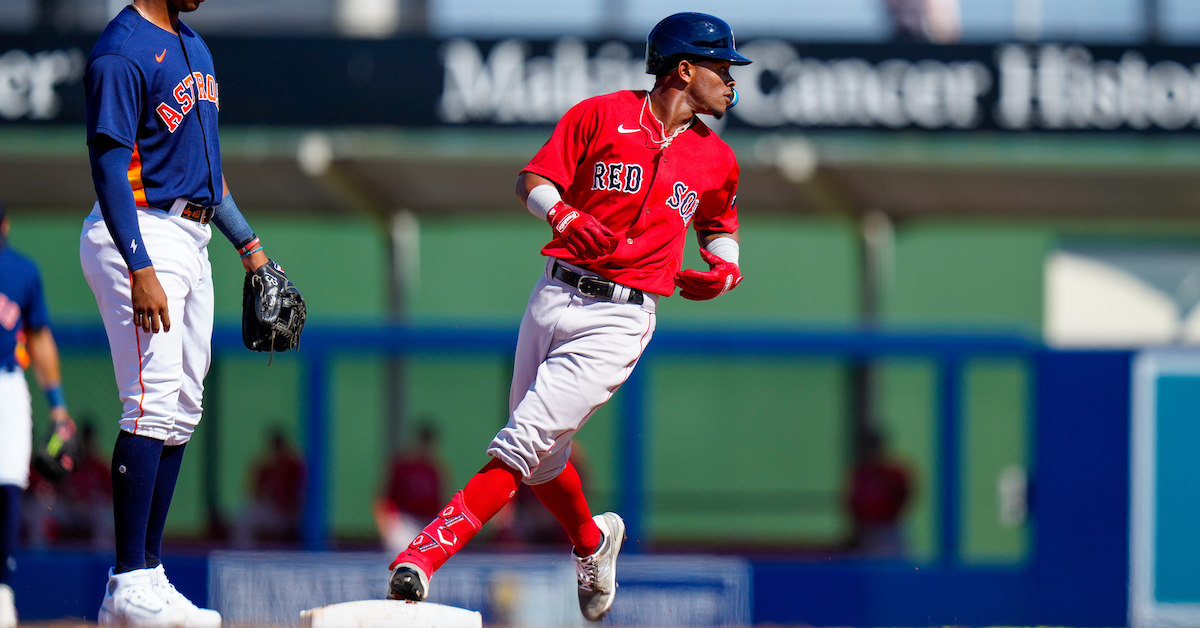Nick Castellanos Is Mashing Again

When I last checked in on Nick Castellanos, he was not in a good place. Though he was playing in a World Series with the Phillies, the team with which he signed a five-year, $100 million contract after the lockout ended in March, his season had been a disappointment, and aside from the occasional big hit here and highlight-reel catch there — the latter class of which had seemed particularly unlikely given his defensive metrics — his postseason had been bleak as well, right down to his making the final out in Games 5 and 6 of the World Series as the Phillies fell to the Astros. Fortunately, after turning the page on 2022, Castellanos has reemerged as one of the Phillies’ most productive hitters.
When the Phillies signed Castellanos, he was coming off the best season of his career, having made his first All-Star team while setting across-the-board career highs with a .309/.362/.576 line, 34 homers, a 139 wRC+, and 3.6 WAR. He had opted out following the second year of a four-year, $64 million deal with the Reds, but despite notable interest from multiple teams including the Padres and Marlins, he didn’t secure a deal before the lockout began in early December. Once he did finally agree to terms with the Phillies, eight days after the lockout ended, he felt as though he had to rush into the season, adjusting to a new team, new city, new fanbase, and new media… and with a new child on the way. Soon, Bryce Harper’s elbow injury forced Castellanos to play right field on a regular basis instead of DHing a significant amount of the time as initially planned.
Things did not go well. Castellanos matched his career-worst 94 wRC+ via a .263/.305/.389 line, set career lows with a 5.2% walk rate and 6.6% barrel rate, and homered just 13 times. He was dreadful afield (-10 RAA, -8 DRS, -7.3 UZR) as well, and while his -0.8 WAR didn’t make him the majors’ least valuable position player, none of the 31 others with WARs that low or lower — including future Hall of Famers Miguel Cabrera and Joey Votto — had just set sail on a $100 million contract. Adding further insult, in the postseason, Castellanos hit .185/.232/.246 in 69 plate appearances. Not even a few memorable diving catches could offset that. Read the rest of this entry »








